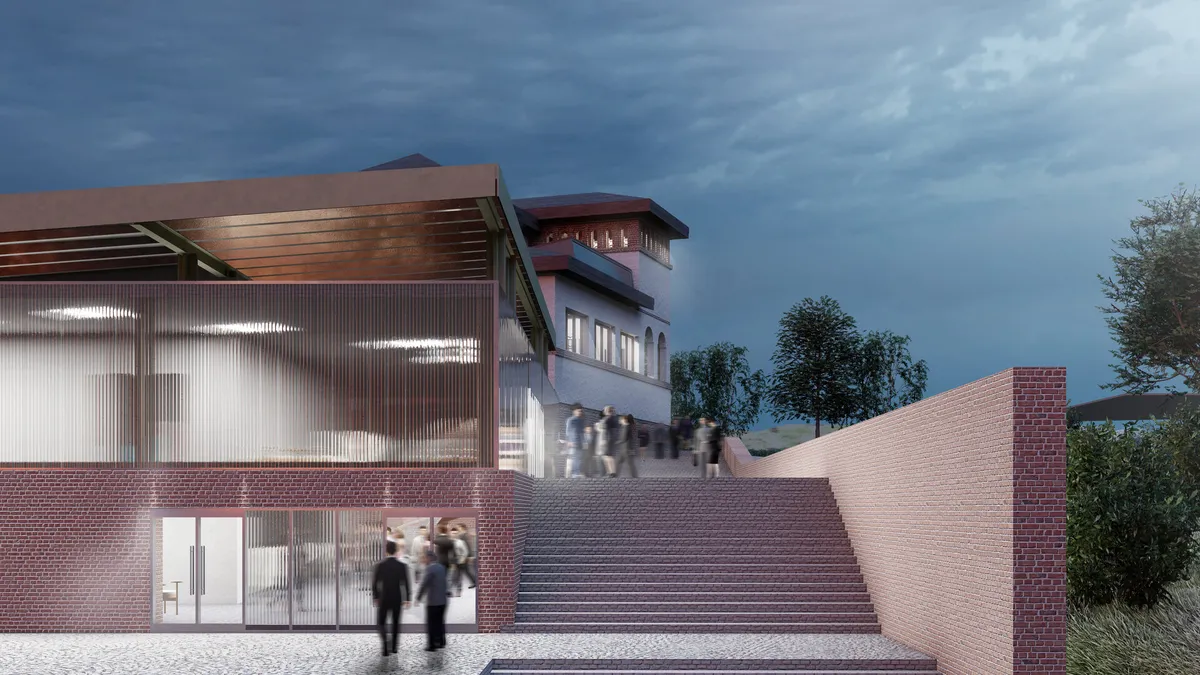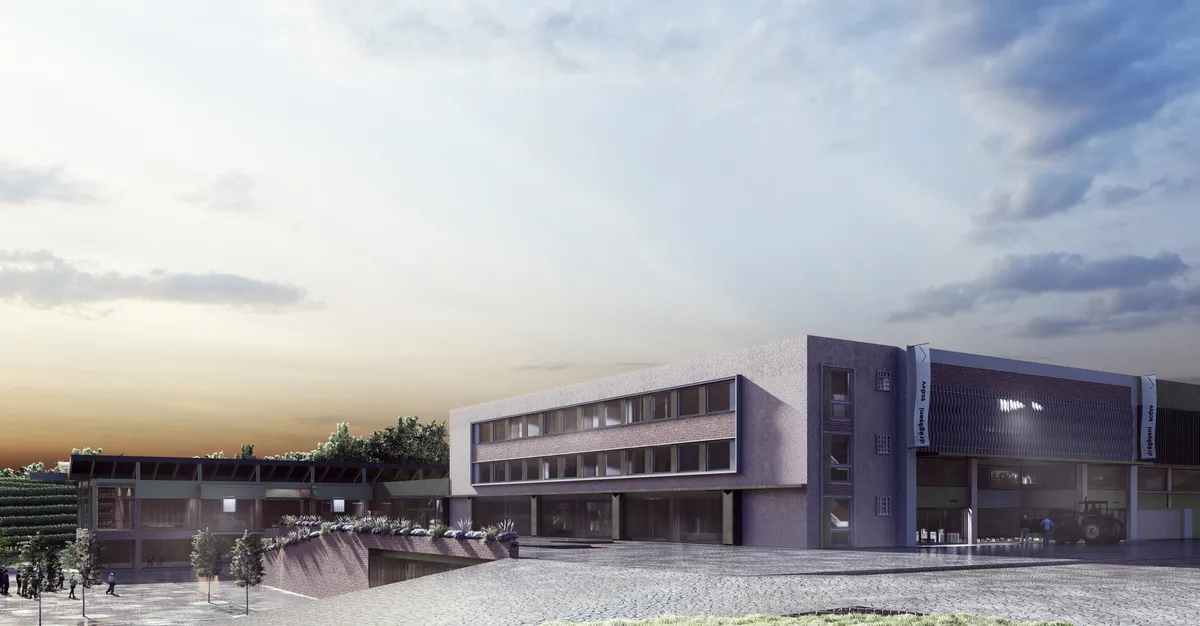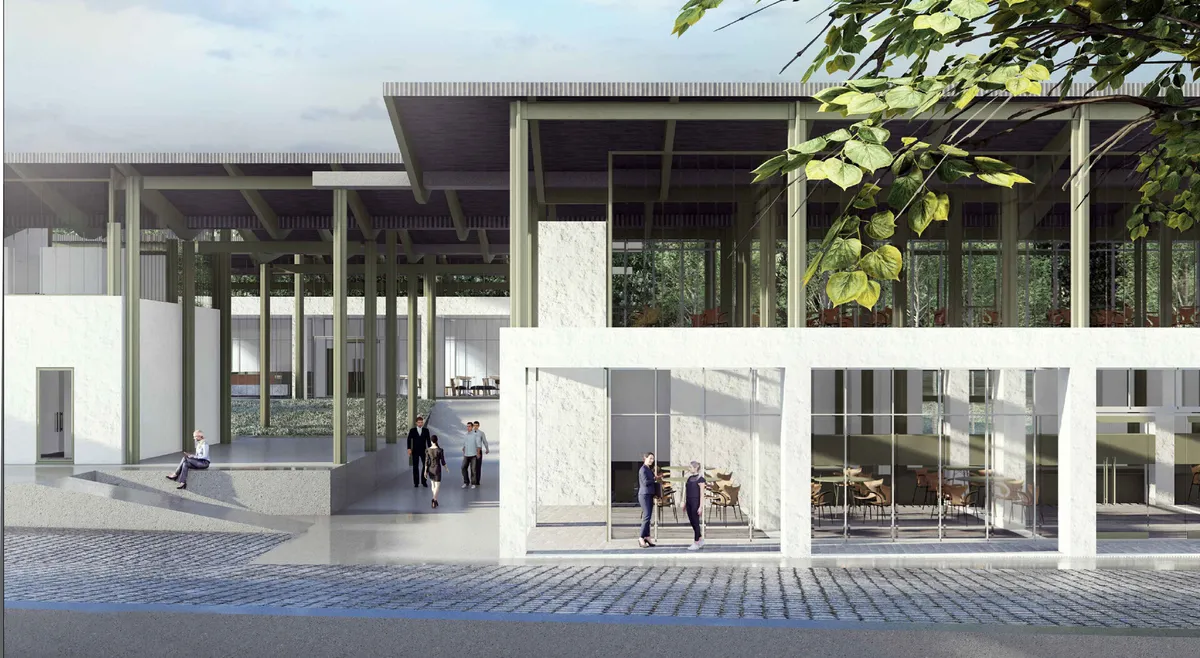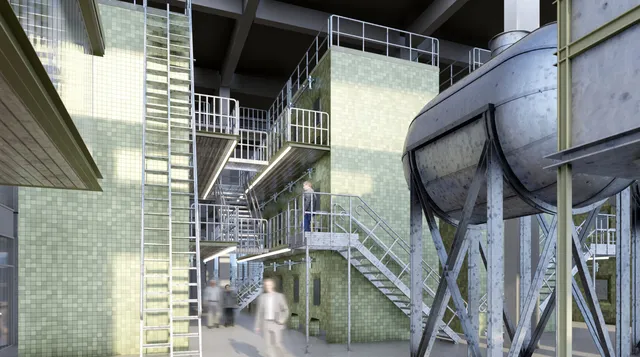
1/10

2/10

3/10

4/10

5/10

6/10

7/10

8/10

9/10

10/10
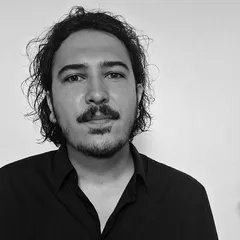
Author(s) / Team representatives
NIȚU-SĂRARU ANDREI
Profession
Arhitect
Project location
Drăgășani, România
Area
65000
Project start date
2021
Project completion date
2022
Photo credits
ANDREI NITU-SARARU
Text presentation of the author/office in English
Andrei Nițu-Săraru is a student at the Doctoral School of Architecture in Bucharest, researching the phenomena that have led to the degradation of the agro-industrial built environment. As a founding member of the RIH group, he proposes various activities, workshops, and publications through which the issue of rapid agro-industrial ruins can be brought to a wider, multidisciplinary audience, with the aim of shaping methods for safeguarding the "ordinary" agricultural heritage.
Project description in English
The theme of ordinary agro-industrial heritage and its contribution to the degradation of the mono-industrial city is one that has not been sufficiently debated, becoming, over the last three decades, a real concern regarding the future of declining cities. Through this endeavor, the project presents a possible approach to understanding the revitalization of the (agro)industrial core of Romanian cities.
The history of the development of agricultural enterprises in Romania highlights the capacity of this infrastructure to adapt or restructure, and the built heritage of the former regime has played a supporting role in this process. Revitalizing this ruined built environment is a necessary tool in the regeneration process of small agro-industrial towns.
The processes of recovery for productive areas involve sustainable development (through the recovery of initial functions and the incorporation of new social and cultural uses) and raising awareness of the economic and social potential. However, the transition gaps between growing, stagnant, and declining urban environments are often synchronized with the dynamics of the current social context.
The project fosters a direct and ongoing dialogue with one of the most important development centers of Romanian agriculture (the Grigore Sisești Academy of Agricultural Sciences—the entity that oversees most of the Research Stations in the territory) and implicitly with rehabilitation specialists. Thus, although the diploma project's goal is to recover a mechanism that did not fail but was forced to fail due to the regime change and the emergence of private investments (and the resulting institutionalized corruption), tools stemming from external stimuli must be provided.
The purpose of the intervention is to introduce public elements into the closed circuit of a research institution to metamorphose the production process into a museum-like one.
The project targets the three major components of the Drăgășani Viticulture and Winemaking Research and Development Station (SCDVV Drăgășani): the production component—the main hall and laboratories, the representation component—the former archive and the old station building, and the housing component—the worker and student dormitories.
These three major components are situated within the Station's garden, with important ampelographic collections, systematized in such a way that they can become a tourist circuit in themselves.
